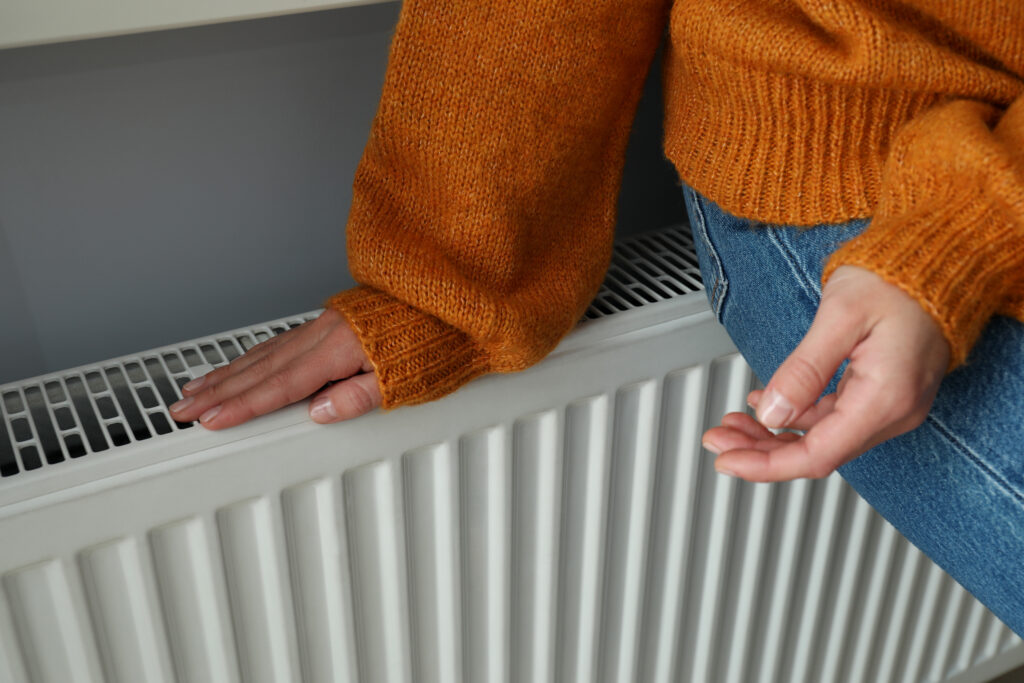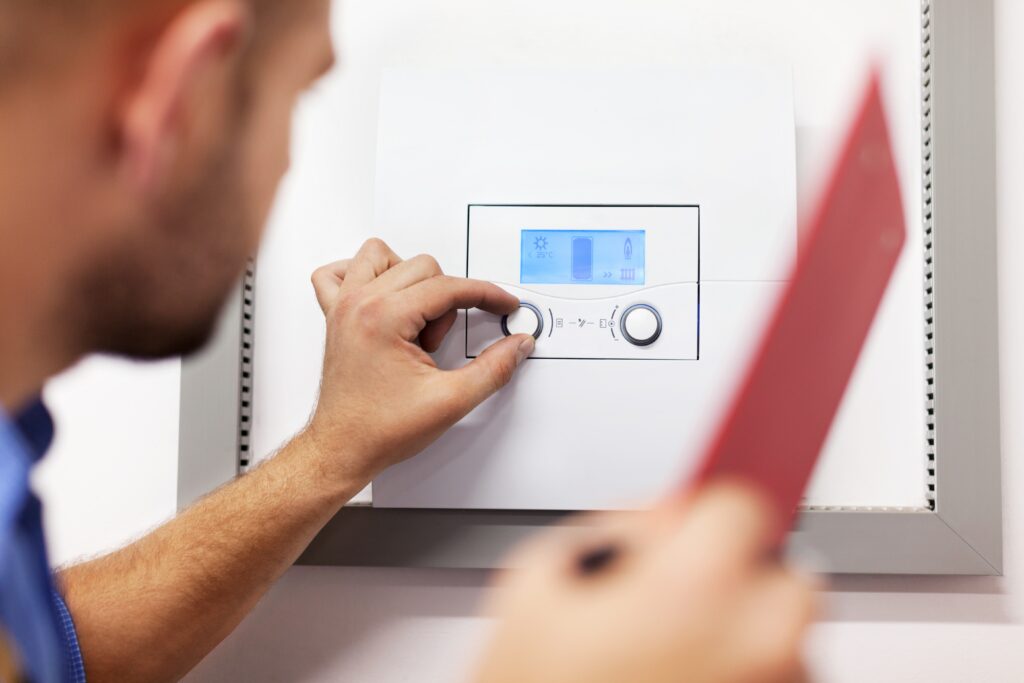Blocked outside drains can be a real headache, especially when they cause water to pool around your home or produce foul smells. Outdoor drains are designed to direct rainwater and surface water away from your property, but they can become clogged by debris, leaves, or even roots over time. In this guide, we’ll walk through the causes of outdoor drain blockages, step-by-step instructions on clearing them, and the best preventative measures to keep your drains flowing smoothly.
Signs of a Blocked Outdoor Drain
Water Pooling Around Drains
One of the earliest and most visible signs of a blockage is water pooling around the outside drain. Slow drainage or standing water indicates that something may be obstructing the flow.
Unpleasant Odours
When waste or stagnant water gets trapped in your drainage system, it can emit foul smells around your property. This is often a telltale sign that there’s a blockage within the drain.
Overflowing Drains and Gutters
If your gutters are overflowing, the problem may be linked to your outdoor drains. Blockages can force water back into gutters, causing them to spill over or clog further.
Common Causes of Outdoor Drain Blockages
Accumulated Leaves and Twigs
Autumn is a particularly risky season for outdoor drains as leaves fall and easily accumulate in drainage areas. When wet, these leaves form dense clumps that prevent water from passing through.
Mud, Dirt, and Silt
Mud and silt are often washed into outdoor drains during rainstorms, where they settle and accumulate over time. This is especially common in garden areas where soil erosion is more likely.
Tree Roots Infiltrating Pipes
Tree roots can be particularly troublesome for outdoor drainage systems, as they can enter even the smallest cracks in pipes. Once inside, they grow and create blockages that are often difficult to clear without professional help.
Foreign Objects and Litter
Sometimes, larger objects like plastic bags, litter, or garden debris find their way into outdoor drains. These items can create instant blockages, leading to slow drainage and overflow issues.
Step-by-Step Guide to Clearing a Blocked Outside Drain
Clearing an outside drain yourself can be straightforward if the blockage is minor and accessible. Here’s a practical, step-by-step guide to safely and effectively clearing a blocked outdoor drain.
Gather the Necessary Tools and Equipment
To start, gather gloves, a plunger, drain rods (available at hardware stores), a hosepipe, and a bucket. These tools will help you tackle most minor outdoor blockages.
Remove the Drain Cover and Inspect
Drain covers may need a little leverage to lift off. Carefully remove the cover and inspect the area for any visible debris or blockage. If you see a pile of leaves, litter, or other debris, remove as much as possible by hand or using a gloved hand.
Use a Drain Rod to Break Up Blockages
Drain rods can help break up more stubborn blockages that are further down the pipe. Connect the rods, insert them into the drain, and gently twist to break up the blockage. Use caution not to apply too much force, as this could damage your pipes.
Flush the Drain with Water
After clearing visible debris, use a garden hose to flush the drain with water. High-pressure water can help remove smaller particles and any remaining buildup. This step is often enough to restore flow in minor blockages.
Test the Drainage Flow
To ensure the blockage has been cleared, pour a bucket of water into the drain and observe if it drains smoothly. If the water still drains slowly, you may need to repeat the previous steps.
Preventative Measures for Outdoor Drain Blockages
Prevention is key to avoiding frequent outdoor drain blockages. Here are a few simple habits to keep your drains clear.
Regularly Clear Leaves and Debris
Removing leaves and other debris from around your outdoor drains, especially during autumn, can significantly reduce the risk of clogs.
Install Drain Guards and Grates
Drain guards or grates can help catch larger items, preventing them from entering the drain. These guards are a simple and effective way to keep leaves, twigs, and other debris out.
Seasonal Drain Cleaning
Scheduling a seasonal clean-out of your outdoor drains, especially in autumn and winter, can prevent blockages from forming. Regular maintenance ensures any minor buildup is cleared before it becomes a significant problem.
When to Call a Professional Plumber for Outdoor Drainage Issues
Sometimes, DIY efforts aren’t enough to clear outdoor drain blockages. Knowing when to call a professional plumber can prevent damage to your plumbing system and save you time.
Recognising Persistent or Severe Blockages
If you’ve tried to clear the blockage multiple times and the drain remains clogged, it may be a more severe issue deep within the drainage system. Professionals have the tools and experience to diagnose and address these persistent blockages.
Benefits of Professional Drain Unblocking Services
Professional plumbers have specialised tools, like CCTV drain cameras and high-pressure jetting equipment, to locate and clear blockages. They can also advise on long-term solutions and repairs if your outdoor drainage system is damaged or at risk of recurrent blockages.
Tips for Safe Drain Cleaning at Home
Using Proper Equipment and Tools
It’s essential to use gloves, eye protection, and appropriate tools when handling outdoor drain cleaning. Debris in blocked drains may contain bacteria, so proper protection reduces the risk of infection or injury.
Avoiding Harmful Chemical Cleaners
Chemical drain cleaners may seem like a quick fix, but they can harm your pipes and the environment. Outdoor drains often lead to natural water sources, so consider eco-friendly cleaning methods instead.
FAQs
What’s the best way to prevent outdoor drain blockages?
Keeping outdoor drains clear of leaves and debris, installing drain grates, and performing regular maintenance can effectively prevent blockages.
Can I use chemical cleaners to clear outdoor drains?
Chemical cleaners can damage outdoor pipes and harm surrounding soil and water. It’s best to use mechanical methods or call a professional for outdoor drain blockages.
How often should I check my outside drains for blockages?
Checking your outdoor drains seasonally, especially during autumn and winter, can help catch and prevent blockages before they become problematic.
Are there eco-friendly methods for cleaning outdoor drains?
Yes, using baking soda and vinegar or simply flushing with a hose can help clear minor blockages without harming the environment.
How do I know if tree roots are causing a blockage?
Signs of tree root intrusion include slow drainage, gurgling sounds, or recurring blockages. Professional plumbers can confirm this with CCTV inspections.
When should I hire a professional for outdoor drain cleaning?
If you experience frequent blockages, suspect tree root issues, or if your DIY methods aren’t effective, it’s time to call a professional.






